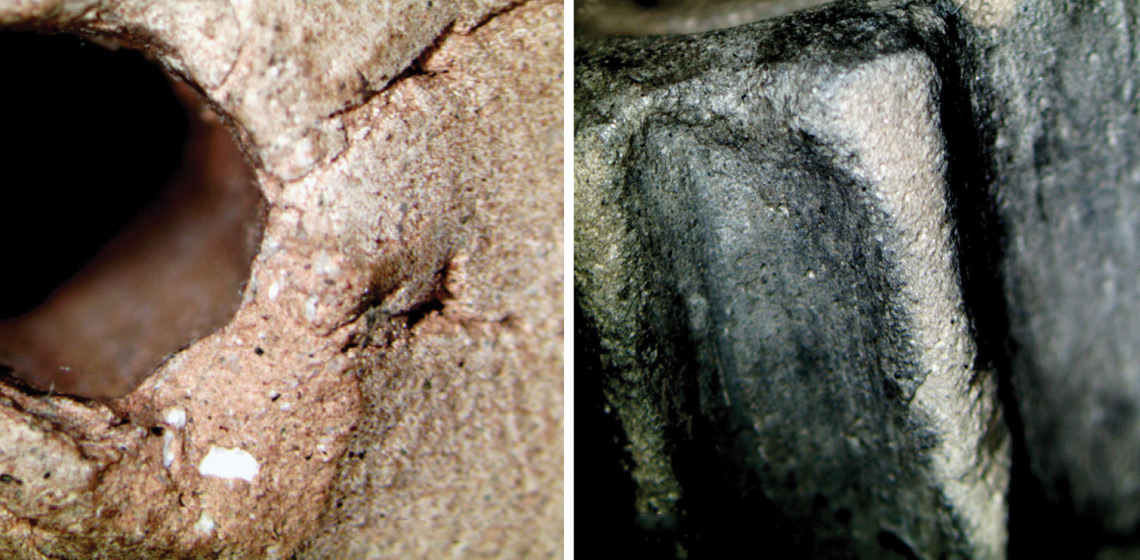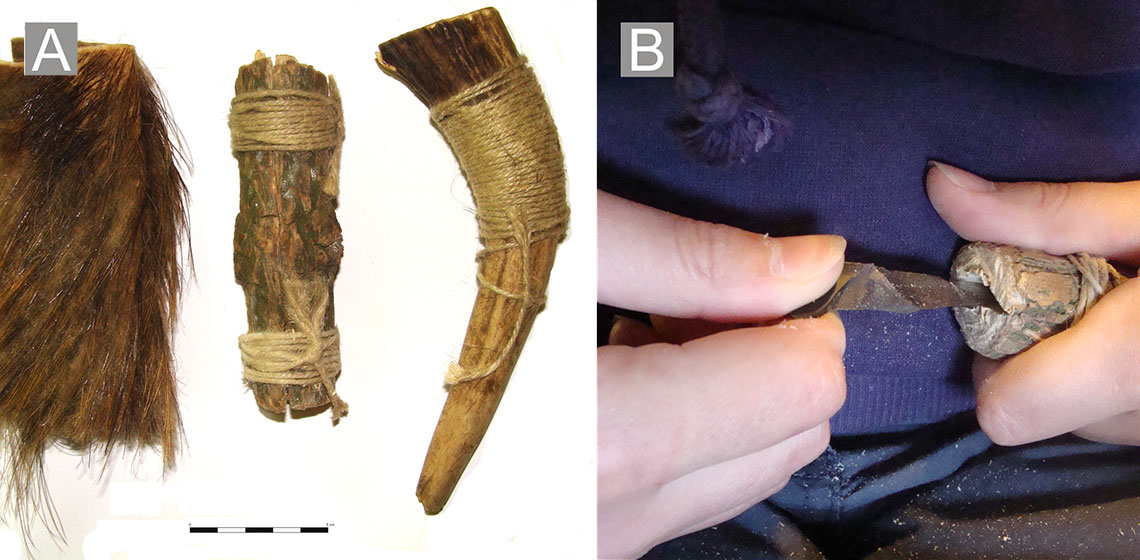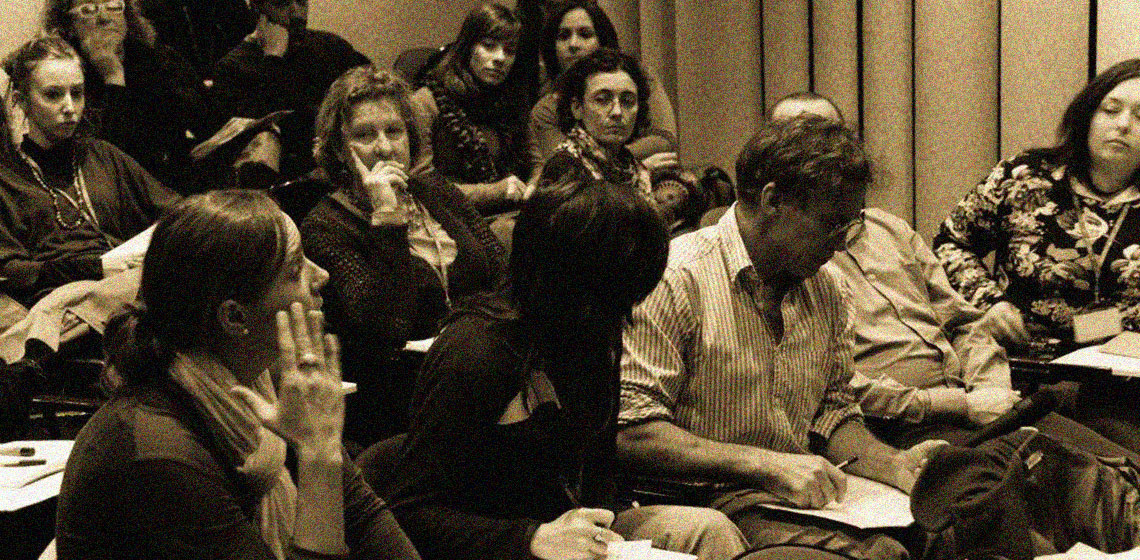use wear analysis
The Contribution of Experimental Archaeology in Addressing the Analysis of Residues on Spindle-Whorls
Publication Date
11th EAC Trento 2019
***This contribution focuses on residues developing on spindle-whorls during spinning. Such a kind of tools is largely diffused in archaeological contexts where spindle-whorls were used in textile activities or deposited in burials as grave goods. Scholars recently approached the analysis of these objects through experimental archaeology to better understand their wide variation in size and shape especially in relationship with the adoption of...
***This contribution focuses on residues developing on spindle-whorls during spinning. Such a kind of tools is largely diffused in archaeological contexts where spindle-whorls were used in textile activities or deposited in burials as grave goods. Scholars recently approached the analysis of these objects through experimental archaeology to better understand their wide variation in size and shape especially in relationship with the adoption of...
Twenty Years with Flint. The Society for Experimental Prehistoric Archaeology – Where are We Now?
Publication Date
The Society of Experimental Prehistoric Archaeology (SEPA, www.keap.umk.pl) is an organisation affiliated with the Nicolaus Copernicus University’s Institute of Archaeology since 1998. The first academic supervisor of SEPA was Jolanta Małecka-Kukawka, now led by Grzegorz Osipowicz...
An Experimental Programme for the Collection and Use of Retouching Tools Made on Diaphyseal Bone Splinters
Publication Date
The present work presents the results of 38 experiments of bone fragmentation and blank collection, together with 177 experiments of retouch. In the first series of experiments, the fragmentation step was executed by massive percussion using macro-lithic tools...
Conference Review: International Workshop, An Integration of Use-Wear and Residue Analysis for the Identification of the Function of Archaeological Stone Tools
Publication Date
The international workshop, titled An integration of use-wear and residues analysis for the identification of the function of archaeological stone tools, took place in Rome between 5-7 March, 2012 at the Sapienza University and at the National Council of Research (CNR)..




